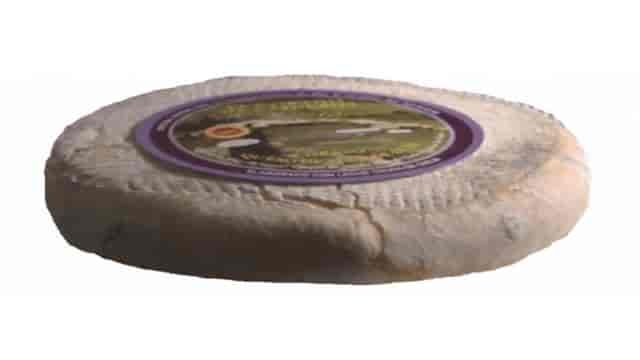Are you ready to embark on a journey of gastronomic delight? Let us introduce you to the exquisite world of Flor de Guía cheese, a true treasure from the Canary Islands. This charismatic cheese, with its meticulous craftsmanship and unique characteristics, has earned a protected designation of origin (DOP), guaranteeing its authenticity and quality. Join us as we explore the history, production, and best ways to enjoy this beloved Canarian cheese.
Where to Find Flor de Guía Cheese
Flor de Guía cheese is highly sought-after by cheese connoisseurs. To get your hands on this culinary gem, you’ll need to visit specialty gourmet stores. Fortunately, we invite you to come and visit us at our establishment in Mercado de la Paz or explore our website to purchase Flor de Guía Cheese with Protected Designation of Origin. Choose from whole pieces or have it cut to your preferred size.
The Origins and History of Flor de Guía Cheese
The roots of this famous cheese can be traced back to the early 16th century when settlers from Extremadura and Portugal established themselves in Gran Canaria. The cheese-making traditions of these regions influenced the production of Flor de Guía cheese. In particular, the use of thistle flower as a coagulant changed the cheese-making methods in the Canary Islands. Prior to the arrival of European colonizers, the indigenous inhabitants didn’t use animal or vegetable rennet in their cheeses, which were predominantly made from goat’s milk, just like the current Flor de Guía cheese.
The Art of Crafting Flor de Guía Cheese
Flor de Guía cheese is made from raw milk obtained from the native Canarian goat breed, although some variations include a portion of sheep’s milk. When sheep’s milk is incorporated, the taste and texture differ but remain equally exceptional. One of the essential requirements for this cheese is that the milk should come from animals fed on local grass and herbs. The cheese-making process is entirely artisanal, requiring specific qualities, skills, and expertise. It involves coagulating the milk using rennet, cutting the curds into small pieces, and slowly heating them to eliminate the whey and concentrate the flavors. The warm curds are then poured into traditional wicker molds, giving Flor de Guía cheese its distinctive shape. After being removed from the molds, the cheese is manually salted and undergoes a maturation period that can last from a few months to over a year. This process takes place under controlled conditions of temperature and humidity, which ultimately lend the cheese its characteristic taste and texture.
The Denominations of Origin for Flor de Guía Cheese
The Canary Islands Quality Agricultural Institute is responsible for certifying that the cheeses meet the required conditions for the DOP. Each variety receives a numbered label in different colors: lilac for Flor de Guía Cheese, green for Media Flor de Guía Cheese, and brown for Guía Cheese.
Flor de Guía Cheese
One of the distinctive features of Flor de Guía cheese lies in its method of coagulation. Vegetable rennet obtained from dried thistle flowers, specifically the varieties Cynara cardunculus var ferocissima and Cynara scolymus, is used. Physically, Flor de Guía cheese is cylindrical, resembling a cake. It has a height ranging from 4 to 6 centimeters and a diameter between 15 and 30 centimeters. The weight varies, ranging from half a kilogram to five kilograms.
Media Flor de Guía Cheese
The main difference between this cheese and its counterpart lies in the allowance of animal rennet, provided it does not exceed 50% of the total, and sometimes it has a slightly greater height.
Guía Cheese
Finally, the Guía Cheese variety utilizes a higher percentage of animal rennet. It shares a similar shape, size, and weight with Media Flor de Guía Cheese.
How to Enjoy Flor de Guía Cheese
Flor de Guía cheese, in all its variations, can be enjoyed in various ways due to its versatility. It pairs exceptionally well with both red and white wine, making it perfect for a cheese and charcuterie board. Furthermore, it complements fresh fruits, jams, and honey splendidly. It’s not uncommon to find it in sandwiches, salads, pasta dishes, and even pizzas.
In conclusion, Flor de Guía cheese is a highly esteemed delicacy among gastronomy enthusiasts. Its meticulous craftsmanship and unique qualities make it a perfect choice for the most discerning palates. Now that you’re armed with this knowledge, go forth and savor the wonders of Flor de Guía cheese!


